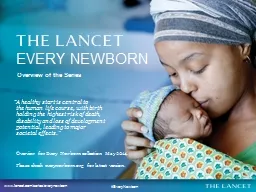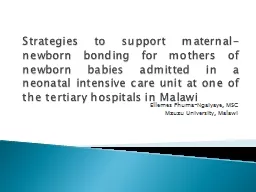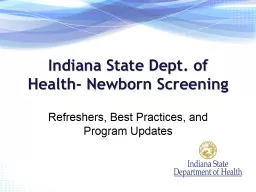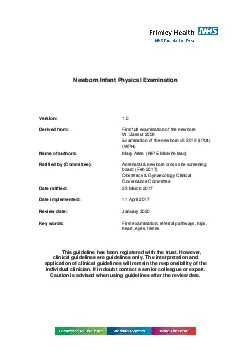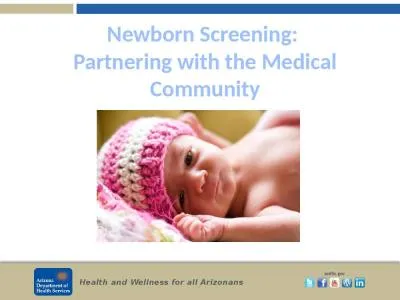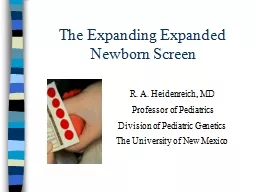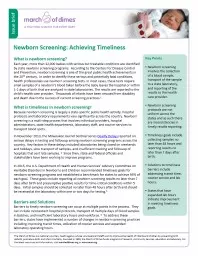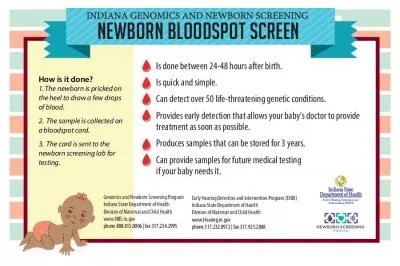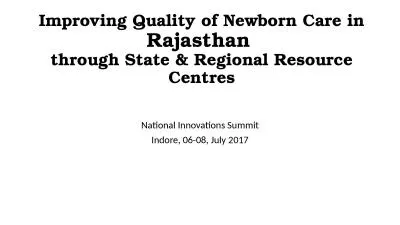PPT-Every NewborN
Author : mitsue-stanley | Published Date : 2017-05-12
A healthy start is central to the human life course with birth holding the highest risk of death disability and loss of development potential leading to major
Presentation Embed Code
Download Presentation
Download Presentation The PPT/PDF document "Every NewborN" is the property of its rightful owner. Permission is granted to download and print the materials on this website for personal, non-commercial use only, and to display it on your personal computer provided you do not modify the materials and that you retain all copyright notices contained in the materials. By downloading content from our website, you accept the terms of this agreement.
Every NewborN: Transcript
Download Rules Of Document
"Every NewborN"The content belongs to its owner. You may download and print it for personal use, without modification, and keep all copyright notices. By downloading, you agree to these terms.
Related Documents

